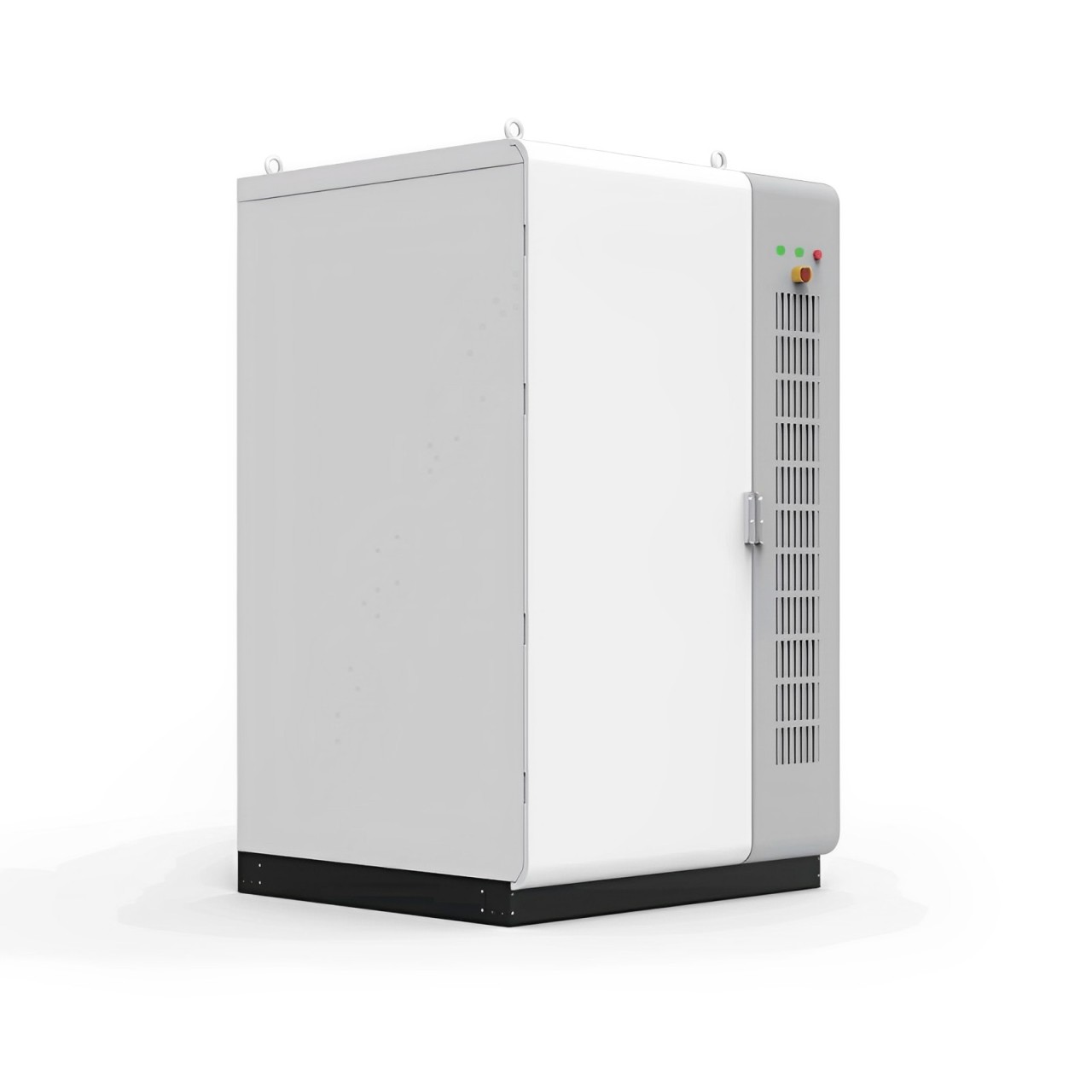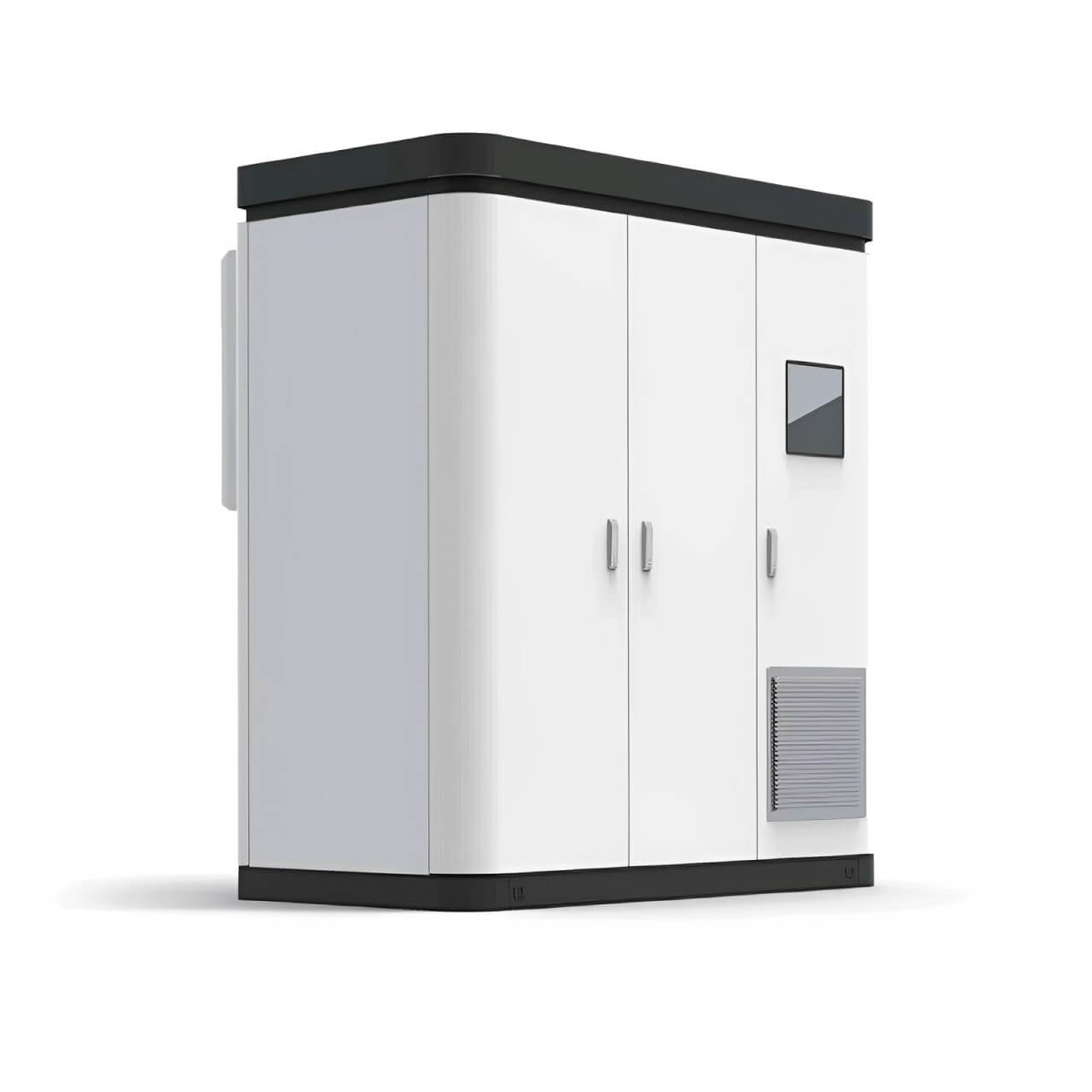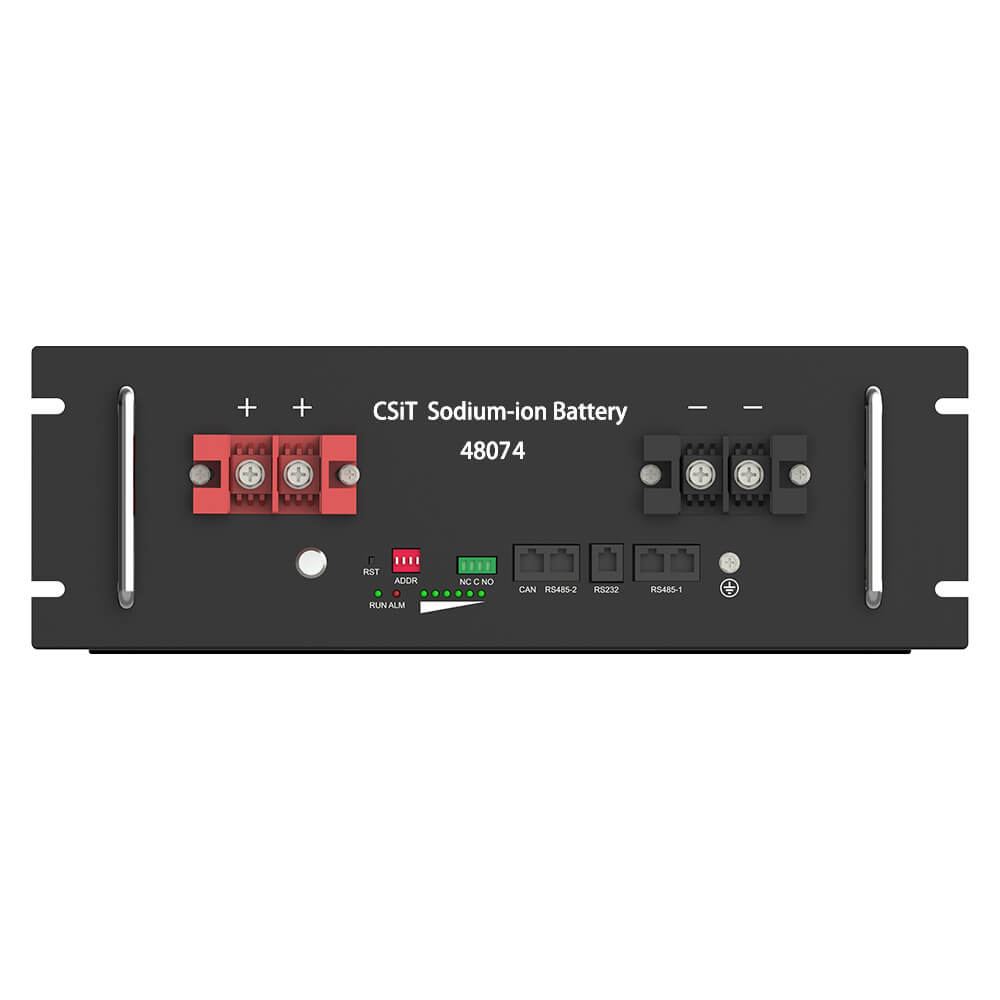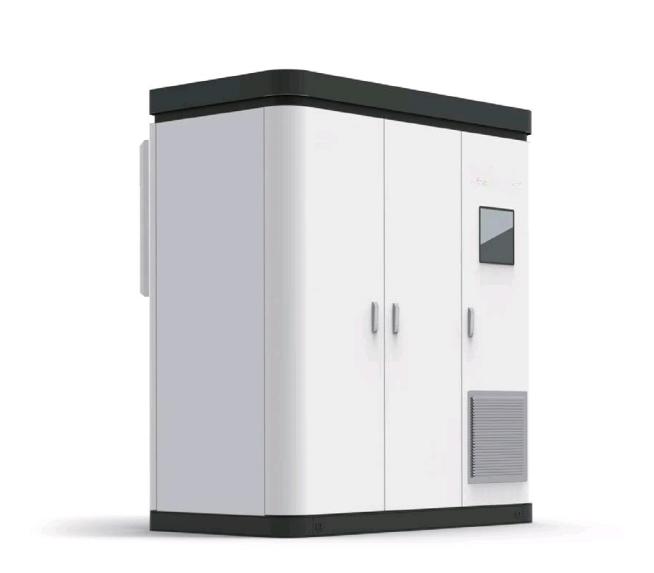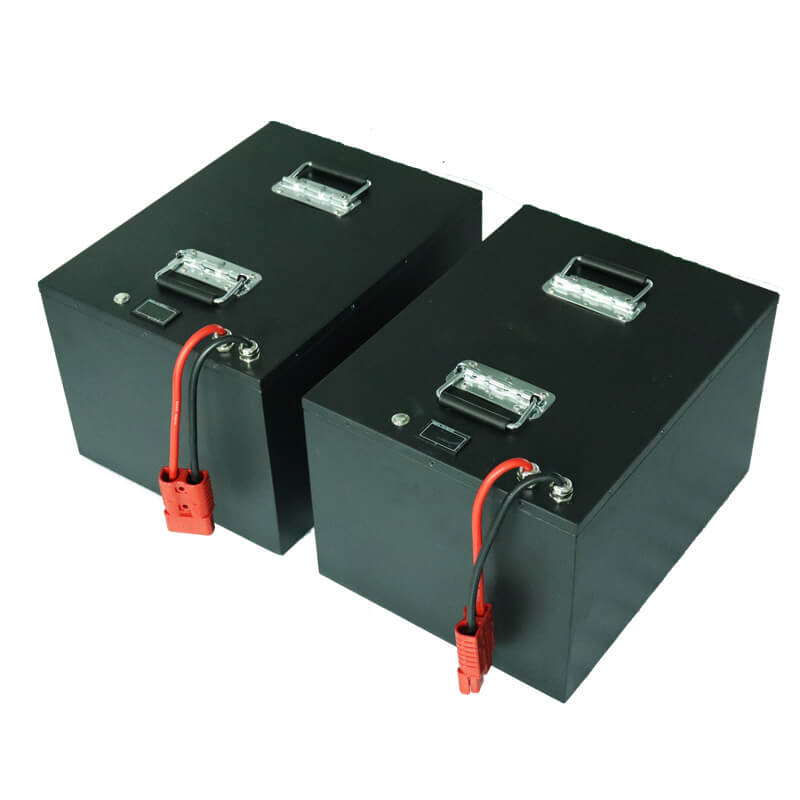Lithium-ion battery performance;
1,electrical performance:
(1)Rated capacity:0.5C standard discharge,single cell discharge time not less than 2h,battery pack standard discharge time not less than 108min(95%);
(2)1C discharge capacity:1C discharge,single battery discharge time is not less than 57min(95%),battery pack discharge time is not less than 54min(90%);
(3)Low-temperature discharge capability:0.5C discharge at-20℃,single cell or battery pack discharge time is not less than 72min(60%);
(4)High-temperature discharge capability:0.5C discharge at 55℃,single cell discharge time is not less than 104min(95%),battery pack discharge time is not less than 108min(90%);
(5)Charge retention and recovery capacity:28 days at room temperature after full charge,charge retention discharge time of not less than 96min(80%),charge recovery discharge time of not less than 108min(90%);;(6)Storage performance:storage test,0.5C discharge,single battery discharge time of not less than 104min(95%),battery pack discharge time is not less than 108min(90%).
(6)Storage performance:the single cell or battery pack for storage test should be selected from the single cell or battery pack with production date less than 3 months,charging 50%to 60%capacity before storage,ambient temperature of 40℃±5℃,and preserved for 90 days under the environment with relative humidity of 45%~75%.After the storage period,remove the battery pack,fully charge it at 0.2C and leave it for 1 hour,then discharge it at 0.5C constant current to the final voltage.The above test can be repeated 3 times,and the discharge time is not less than 72min(60%);
(7)Cycle life based on NCM material:the battery or battery pack is charged at 0.2C and discharged at 0.5C.When the capacity of two consecutive discharges is less than 72min(60%),stop testing.Cycle life of single battery cell is not less than 600 times.The cycle life of the battery pack is not less than 500 times;
(8)High-temperature shelf-life:Single batteries with a production date of less than three months should be selected for high-temperature shelf-life test.It should be filled with 50%±5%capacity before putting it on the shelf,and then placed under the bar of ambient temperature 55℃±2℃for 7 days.7 days later,take out the battery,and place it under the ambient temperature 20℃±5℃for 2~5h.Firstly,the battery will be discharged to the final voltage by 0.5C,and then charged by 0.2C after 0.5h,and then rested for 0.5h,and then discharged to the final voltage by constant current discharge by 0.5C,and use this capacity as the recovery capacity.The above steps take one week as a cycle,until the discharge time of a certain week is less than 72min(60%),the test is over.Shelf life is not less than 56 days(8 weeks cycle).
2、Safety performance
(1)Continuous charging:Charge the single battery with 0.2C constant current.When the terminal voltage of single battery cell reaches the charging limit voltage,turn to constant voltage charging and maintain 28 days.Rupture,no fire,no explosion(equivalent to fully charged floating).
(2)Overcharge:Charge the single battery cell with constant current voltage source at 3C constant current.After the voltage reaches 10V,turn to constant voltage charging until the battery explodes or catches fire or the charging time is 90min or the surface temperature of the battery is stable(stop charging when the temperature difference in 45min is less than or equal to 2℃),and the battery should not catch fire or explode(3C10V);use the voltage regulator source to charge the battery pack at a constant current of 0.5C,and wait until the voltage reaches n×5V(n is the number of single batteries connected in series),and then turn on the power again Constant voltage charging,until the battery pack is charged and stop charging explosion or fire,or charging time of 90 minutes or the battery pack surface temperature is stable(temperature difference within 45 minutes≤2℃),the battery should not catch fire or explode.
(3)Forced discharge(reverse charging):first discharge the single battery to the termination voltage with a constant current of 0.2ItA,and then reverse charge the battery with a current of 1ItA.The charging time is required to be not less than 90min,and the battery should not catch fire.Not explode;one of the battery pack single battery discharged to the termination voltage,the rest are fully charged batteries,and then discharged with a constant current of 1ItA until the battery pack voltage is 0V,stop discharging,the battery should not be discharged fire or explosion.
(4)Short-circuit test:single cell external short circuit for 90 minutes,or the battery surface temperature is stable(temperature difference within 45 minutes≤2)to stop short-circuiting,the resistance of the external circuit should be less than 50mΩ,and the battery should not catch fire or explode;positive and negative electrodes are connected with copper wires with a resistance of less than 0.1Ωuntil the voltage of the battery pack is less than 0.2V,or the surface temperature of the battery pack is stable(temperature difference in 45 minutes≤2°C),and the battery should not catch fire or explode.Should not catch fire or explode

3.Mechanical properties
(1)Extrusion:place the single battery in the middle of two extrusion planes,gradually increase the pressure to 13kN,cylindrical batteries extrusion direction perpendicular to the longitudinal axis of the cylindrical axis,square batteries extrusion batteries,the wide side and narrow side.Each battery can only accept one extrusion.The test results shall meet the requirements of 4.1.2.1.Place a 15cm diameter steel rod on the battery pack,squeeze the battery pack on the wide and narrow sides of the battery pack,squeeze to 85%of the original size of the battery pack,and hold for 5 minutes.Each battery pack is subjected to only one extrusion.
(2)Pinning:Place a single cell into a steel fixture and pierce it with a steel nail ofφ3mm toφ8mm from the direction perpendicular to the battery pole plate(the steel pin stays inside the battery)for 90min,or pierce it on the surface of the battery.After the temperature of the battery is stabilized(temperature difference≤2℃within 45min)stop the test.
(3)Heavy impact:Place the single battery on a rigid plane and place a steel rod with a diameter of 15.8mm in the center of the battery.The longitudinal axis of the steel rod is parallel to the plane,so the weight of 9.1kg is 610mm.height falls freely on the steel rod in the center of the battery;when the single cell is cylindrical,the direction of impact is perpendicular to the longitudinal axis of the cylindrical surface;when the single cell is square,it must impact the wide and narrow sides of the battery,and each cell can receive impact.
(4)Mechanical impact;the battery or batteries should be rigidly fixed(this method can support all fixed surfaces of the battery or batteries),and the battery or batteries should be fixed on the test equipment.subjected to equal impacts in three mutually perpendicular directions.At least one of the directions must be perpendicular to the wide surface of the cell or battery pack,and each impact shall be carried out as follows:in the first 3ms,the minimum average acceleration shall be 735m/s2,and the peak acceleration shall be between 1225 m/s2 and 1715 m/s2.
(5)Vibration:The battery or battery pack is mounted on the vibration table for vibration test either directly or through a fixture.The test conditions are frequency 10Hz to 55Hz,acceleration 29.4 m/s2,number of sweep cycles in each XYZ direction 10 times,sweep rate 1oct/min.
(6)Free fall:drop the single cell or battery pack from a height of 600 mm(the height of the lowest point)onto a 20 mm thick hardwood board on the concrete floor,once in each of the three directions along XYZ.After the end of the free fall.
4、Environmental adaptability
(1)High-temperature baking:put the single cell into a high-temperature explosion-proof box,warm it up to 130℃at the rate of(5±2℃)/min,and keep it warm at this temperature for 10 minutes.
(2)High-temperature storage:place the single cell or battery pack into the oven at 75±2°C for 48 h.The battery should not leak,seep,burst,catch fire or explode.
(3)Low gas pressure:(UL standard).
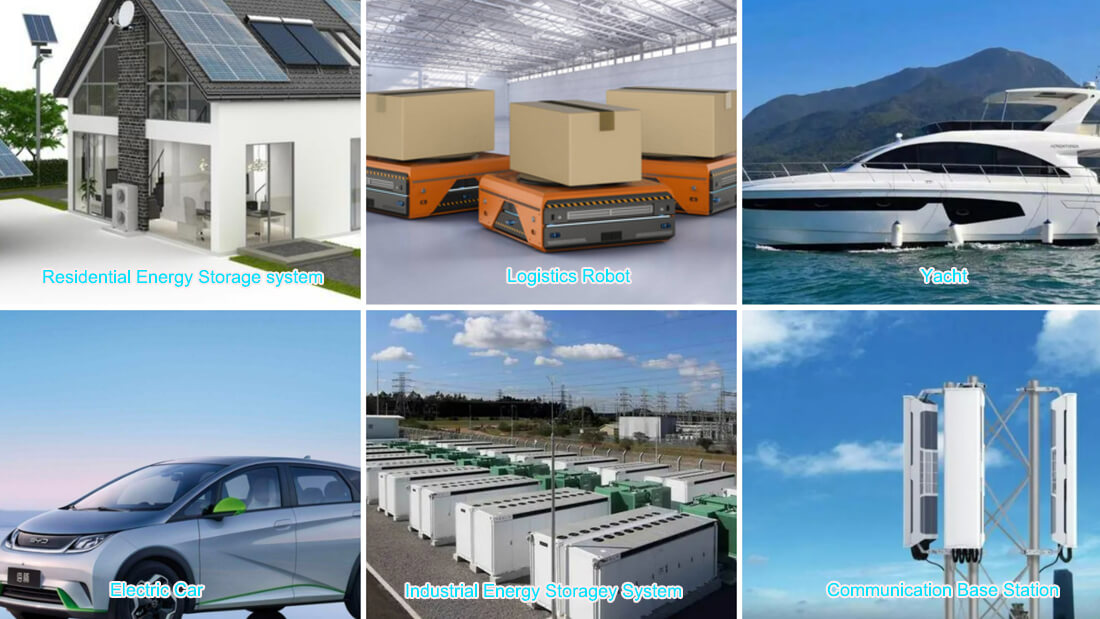
The requirements of lithium battery for each component material are mainly as follows:
1、Requirements for positive and negative electrode materials
-Positive electrode potential is too positive,negative electrode potential is more negative
-High activity(fast response)
-Active material should be stable in electrolyte with low autolysis rate
-Active material should have good electrical conductivity and low resistance
-Easy to produce,abundant resources
2.Selection of conductive agent
-Excellent conductivity
-Stable chemical composition,low water absorption,easy to store
-Easy to use
3、Requirements for electrolyte
-High conductivity,good diffusion efficiency,low viscosity
-Stable chemical composition,low volatility,easy to store
-Positive and negative active substances in the electrolyte can be stable for a long time.
-Easy to use
4.The outstanding problems of the current electrolyte
-Positive and negative electrode compatibility.
-With the increase of voltage,the electrolyte decomposes and produces gas,which increases the internal pressure and leads to the damage of the battery empty disaster,and the solvent antioxidant performance decreases when the battery working temperature rises.
5、Requirements for diaphragm
-Good stability
-Have certain mechanical strength and bending resistance,and have the ability to resist dendrite penetration.
-Good water absorption,pore size and porosity to meet the requirements
-Easy to use
7.V.Requirements shell
-High mechanical strength,can withstand general impact
-Ability to resist process corrosion

 简体中文
简体中文 Russian
Russian French
French German
German Japanese
Japanese Korean
Korean Arabic
Arabic Spanish
Spanish